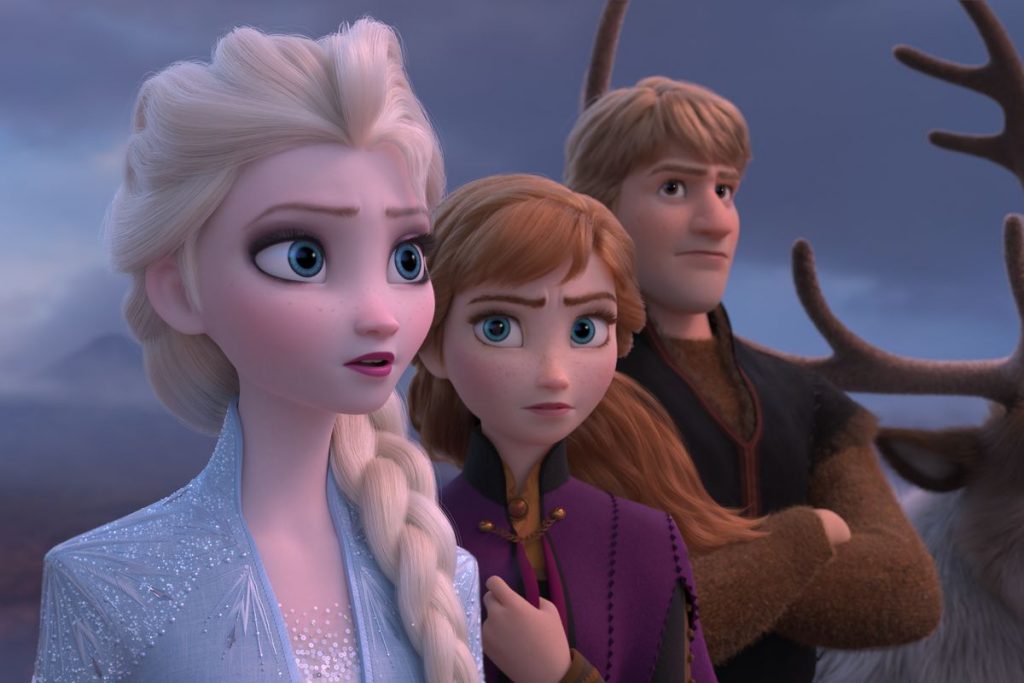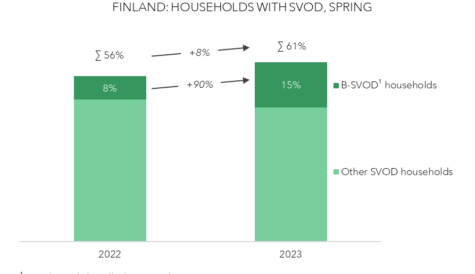
After more than 40 years of operation, DTVE is closing its doors and our website will no longer be updated daily. Thank you for all of your support.
Service stacking becoming the norm with 70% of users willing to add new subscriptions
While the introduction of new streamers from major Hollywood players has led to speculation that fatigue will set in, users are more engaged with OTT platforms than ever with service stacking becoming the norm.
According to Futuresource, more than half of all SVOD users who subscribe to three or more services will purchase additional services this year. The report was based on more than 12,00 consumer interviews carried out with nationally representative samples. Surveys were conducted in the USA, UK, Germany, France, Italy and Spain in December 2019.
The imminent launch of Disney+ is aiding in this drive, though the research suggests that the intention to subscribe is lower in European countries ahead of launch than it was in the USA. Futuresource however notes that the Coronavirus pandemic along with the surprise introduction of Frozen II to the service will boost subscriber numbers when it launches next week.
Overall, the research found that users who stack service subscriptions are more receptive to adding additional subscriptions. It said that consumers with three or more SVOD services are twice as likely to subscribe to another SVOD service within the next year than those who currently only subscribe to one service.
David Sidebottom, principal analyst at Futuresource Consulting, said: “We’re seeing continued momentum behind SVOD service uptake, with consumer appeal strengthening and sustained adoption of Netflix and Amazon Prime. This is being bolstered by a wider trend for multiple SVOD services, also known as service stacking, which is becoming commonplace across many countries worldwide. In the USA, more than 80% of SVOD households are stacking at least two services.”
The analyst added that “approximately 70%” of subscribers will look to subscribe to additional services without cancelling in 2020. This, he noted, “provides a strong bedrock for sector growth.”
He said: “However, in leading markets, churn on Netflix has increased in 2019 compared to 2017, now around one-third of Netflix subscribers say they have dipped in and out of Netflix over a 12-month period. This highlights the continued importance of churn management in an increasingly competitive industry.”



